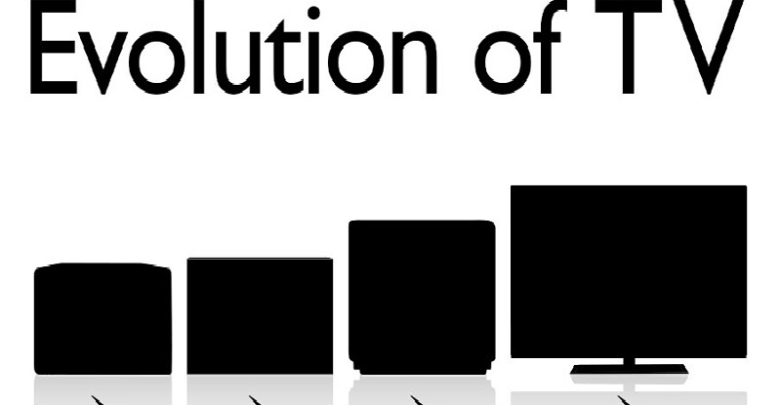The Evolution of Television Across the Centuries

The evolution of the television from the start of the 20th century has been phenomenal and life-changing. It has dramatically changed the way society functions and perceives the world around them.
The predecessor to modern television sets was discovered in 1926, in the TV industry was the Baird televisions set, which was invented by a Scottish inventor, and was the first prototype for colored television sets, which was viewed publicly. It was an uncomplicated process, nonetheless, new and exciting for people.
Broadcasting and availability
A lot has changed since then; with recent times seeing a firm rise in full HD LED TV sets. The first big transmissions, which were regular broadcasts, were done by the National Broadcasting Company and the first years had broadcasts on only 400 television sets in New York, which approximately limit the numbers of viewers to seven to 8,000 people. This is before cable television made an impact in the 1970s, with an ever-increasing demand for more channels and various types of broadcasts.
It goes without saying that only the very rich and the wealthy families could afford to splurge on the sets; to give a fair idea, the average income post-Depression days in the 1930s was $1,368 annually, and a costly purchase like a TV set could easily set back a family by $200 to $600, which was an incredible amount of money in those days. Post-war days, saw an increasing salary for those employed, which meant that there was a sharp rise in the number of television sets that were sold during those years.
By the year 1951, there were almost 12 million sets that were sold, making it a necessary part of the household since then. In places across the world, television was slower to pick up in Europe and at other locations, post-war, although it was available to many with the means to acquire it.
Cable television and digital sets
Cable network for the increasingly popular devices, now extremely common across households in the US was started in 1976, with greater demand for fresh programs. Cable networks were capable of carrying many more bandwidths, as compared to the regular broadcast television, changing the face of the broadcasting forever, opening opportunities for niche and specialty broadcast channels such as the HBO, Disney, and so on.
Nowadays, choosing a television set has various factors that come into play, with incredibly advanced systems as compared to the initial technology. The change from analog set to digital started in the late 1990s with most viewers switching to digital sets by the beginning of the early 2000s, changing the way TV broadcasting was done.
The main differences between analog and digital
The main difference between these two types of broadcasting is the types of frequency and the method of transmitting the programs. Analog used airwaves to transmit the various channels, and there could be disturbances and problems with the networks, similar to that of radio transmissions, and also, that distance made the signals weaker, severely impacting accessibility for families living in far off locations.
As opposed to these methods, digital TV worked on a concept of sending packets of data compressed, which uses similar technology like the computer binary language. This type of packets of code did not face similar problems as the analog systems, thereby making them more available and flawless, without interference’s.
There are not various brands of television on the markets with newer technology updates frequently, streamlining the process to ensure that the systems are fast and efficient. The role of Sanyo appliances has also changed over the course of the years with impeccable picture quality, and high-end functions deemed necessary by the modern world for high-end products.




